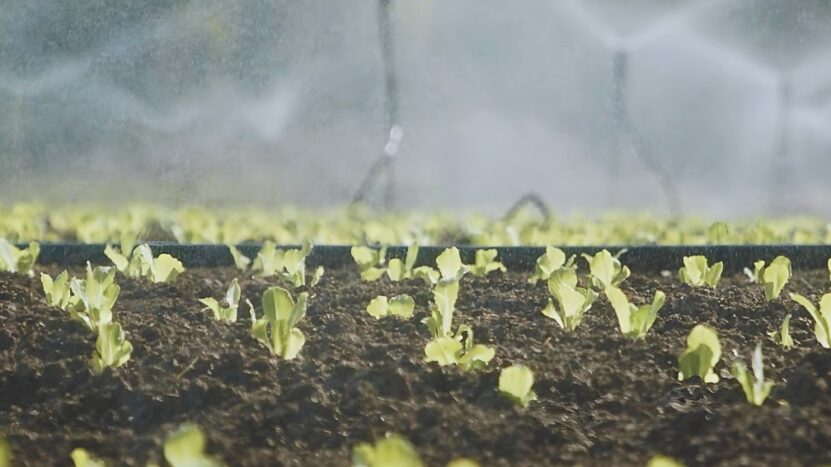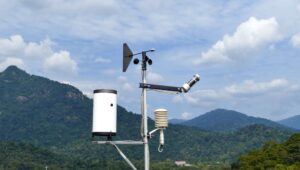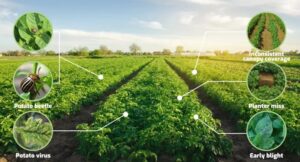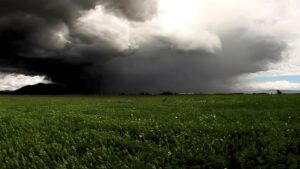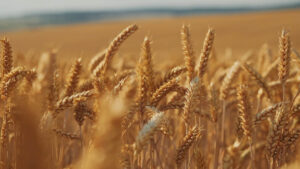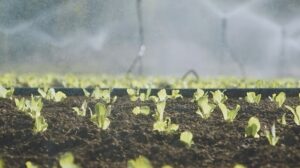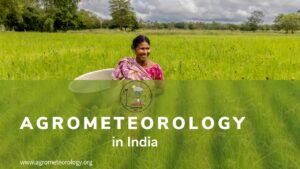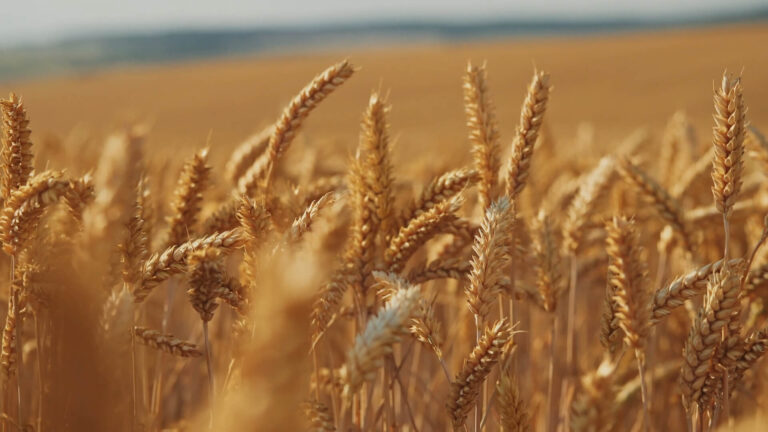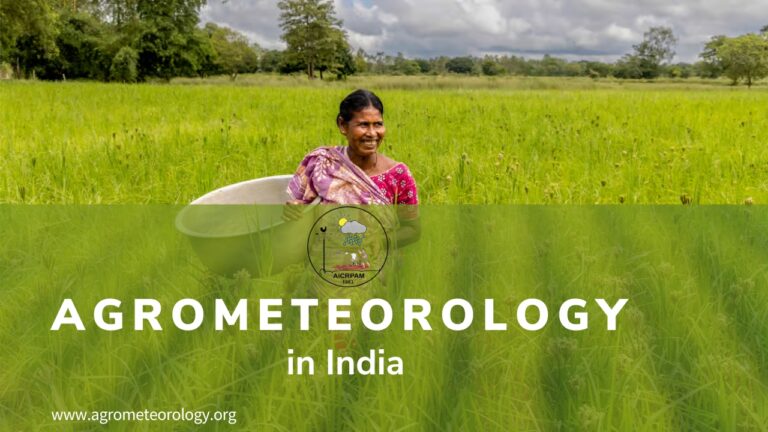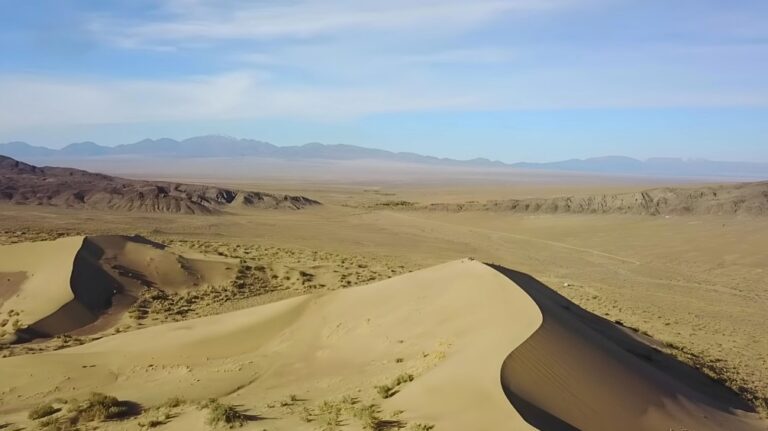There is a fascinating study on using machine learning to predict evapotranspiration or ETo. ETo is so important for farmers to know how much water their crops need.
This research really shows the potential for machine learning to help with irrigation management and saving water. That’s huge since aqua scarcity is a real problem in many places.
Key Takeaway
- Spot-On Farming: LightGBM regression nails it in predicting just how much water crops need, proving that smart machine learning models can really help farmers water more efficiently.
- Informed Choices: By crunching over 20 years of weather data, models such as neural networks get super accurate, giving farmers the confidence to make smart watering decisions.
- Going Green: Machine learning is paving the way for farming that’s not just about growing crops, but doing it in a way that saves water and supports our planet.
Disclaimer: Our article is a summary of the scientific document “Machine learning methods for estimating reference evapotranspiration”. The original version you can download here: Machine learning methods for estimating reference evapotranspiration.
They tested different machine learning techniques like neural networks, Lasso regression, Random Forests, and LightGBM regression. The LightGBM regression did the best job of matching the actual ETo values – it was near perfect! That precision could really help farmers out.
What I thought was neat was how they used over 20 years of weather records from a station in India. All that data from temperature to sunlight to humidity gave the models a lot to learn from. They split it into training and testing pieces too, which is important to check how well the models do on new information.
The study also filled in any missing data through interpolation. That helped make sure the models got the full picture without any gaps.
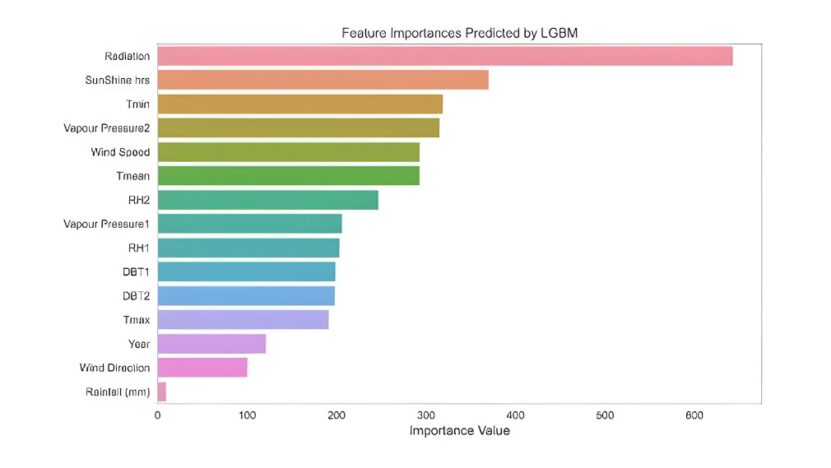
Being able to better plan irrigation would be a real game changer for farmers. If they know exactly how much water to use, they can save on costs and avoid wasting it. That’s huge in places with limited water.
They also used something called Keras to develop neural network models. It’s cool how they’re combining farming with advanced programming. Being able to recognize patterns will only make the predictions stronger over time too.
The research gave good insights into what weather factors matter most too, like sunlight and wind. That extra understanding can refine the estimates even more.
What is evapotranspiration (ETo)?
ETo is the total amount of water that evaporates from soil and plants. It’s important for farmers to know because it tells them how much wetness their crops need.
What machine-learning techniques did they use?
They tested neural networks, regression models like Lasso and Ridge, Random Forests, LightGBM regression, and Gradient Boosting regression.
Which model worked best?
The LightGBM regression was nearly perfect at estimating ETo values, so it performed the best out of the bunch.
Why use machine learning for this?
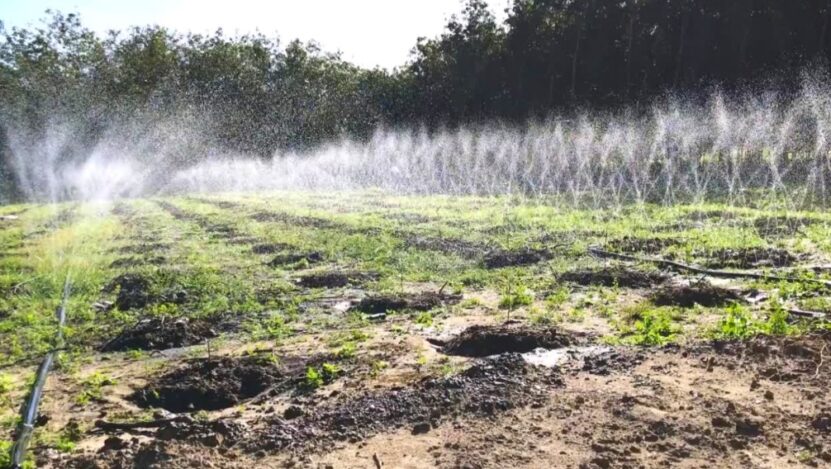
Machine learning can improve prediction accuracy compared to more complicated formulas. It also means less hassle collecting huge amounts of weather data.
Where did the data come from?
They gathered weather info over 20 years from a station in India. The data was split into training and testing pieces to properly evaluate the models.
Summary
In this research, it is shown how well machine learning can estimate evapotranspiration (ETo) and transform farming practices. By using top-notch algorithms like the LightGBM regression model, we give farmers tools to improve irrigation efficiency, save water, and support sustainable agriculture, especially in areas with limited water resources.
We train these models using vast historical weather data to ensure accurate and dependable predictions. With machine learning in agriculture, we can better manage environmental effects and optimize resource use, leading to a more sustainable and tech-savvy approach to farming. As these technologies keep getting better, they will bring even more progress and make precision agriculture available to farmers everywhere.
In the end, machine learning really does have the potential to revolutionize agriculture. If we can optimize water use, it will lead to more sustainable practices worldwide. Let me know if any part of this study on new farming technologies interests you!
Reference
AMIT BIJLWAN, SHWETA POKHRIYAL, RANJAN, R., R.K SINGH, & ANKITA JHA. (2024). Machine learning methods for estimating reference evapotranspiration . Journal of Agrometeorology, 26(1), 63–68. https://doi.org/10.54386/jam.v26i1.2462

